I have a pallet that shown in the following image and I would like to segment it. I don´t have the ground plane, so that I can check the normals of the points if they are parallel to the ground plane normal then segment those points. but I dont have the ground plane. How would I segment those points.

[Edit by Spektre]
Here Red/Blue color encoded partial derivation of your depth image from your previous question:
The black areas has the same Z coordinate (poor Z resolution or plane parallel with screen projection plane) The Red/Blue lines are geometric edges in point cloud. As you can see it is far from the real plane.
